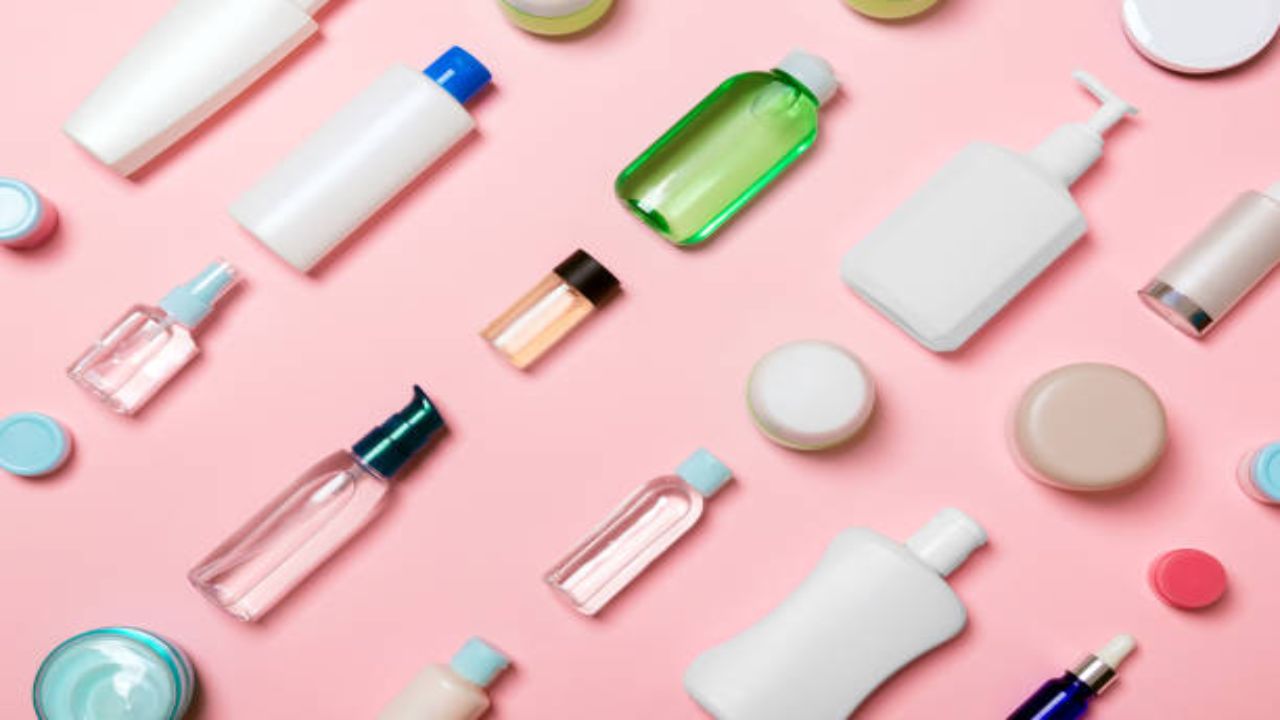Packaging of skin care is the primary shield protecting the delicate formulations within it from numerous threats - from light and air to the danger of contamination. Along with the protection, packaging is a secret helper in retaining the power and efficiency of skincare products so that each application brings the expected advantages to the skin.
Benefits of Skincare Packaging
The condition of skincare packaging is a key factor in the efficacy and safety of the skincare products. Here's why:
Protection from Light and Air
Lots of skincare elements including antioxidants and vitamins are vulnerable to the effects of light and air which may deplete their potency. The packaging of the opaque and airtight design keeps the details of the ingredients intact until the end of the shelf life.
Prevention of Contamination
Skincare products spoil quickly and can easily become contaminated by bacteria, fungi, or other microorganisms if the air gets into the package or if the package is broken. Packaging that is tailored to be hygienic and airtight creates an extra barrier from contamination thus minimizing the possibility of skin irritation and infection.
Dispensing Control
Proper packaging performs two functions: the first is allowing the customer to control the dispensing of the product. This prevents waste and makes sure that the correct amount is used each time.
Convenience and User Experience
The key aspect of skincare packaging design is to make it convenient for the user to use and carry it with him. Pumps, tubes, and airless containers are mostly used because of their user-friendly features and help to minimize product waste.
Types of Skincare Packaging
Packaging of skincare products comes in diverse forms, which all have their own advantages and points to be noted. Here are some common types of skincare packaging: Here are some common types of skincare packaging:
Jars and Pots
Such are the traditional vessels for any of the skincare range from creams, and masks to balms. They are shaped in such a way that will provide a large opening for easy access to the product and are mostly made of glass or plastic.
Bottles
Bottles are commonly used for liquid skincare products such as serums, toners, and cleansers. They come in different materials like glass, plastic, or even opaque materials to protect light-sensitive ingredients.
Tubes
Tubes are widely used for creams, gels, and lotions. They are portable, lightweight, and offer controlled dispensing, making them convenient for travel and on-the-go use. Tubes can be made from various materials such as plastic, aluminum, or laminate, and some are designed with airtight seals to preserve the product's freshness.
Airless Containers
Airless containers are designed to prevent air exposure and oxidation of skincare products, particularly those containing sensitive or active ingredients. They work by utilizing a vacuum pump mechanism that pushes the product up without allowing air to enter the container.
Pouches and Sachets
Pouches and sachets are lightweight and cost-effective packaging options commonly used for single-use or travel-sized skincare products such as sheet masks, sample packets, or travel kits. While they may not offer as much protection as other types of packaging, they are convenient and reduce product waste.
Conclusion
Successful skincare product packaging is a key element in the delivery of effective, safe, and high-quality skincare products. It has several roles to play, including the protection of product from light, air, and contamination, provision of controlled dispensing for proper application, and increase of user experience and convenience However, it is the essence of investing in high-quality and ergonomically-designed skincare packaging that ensures the efficiency and appeal of your product.


